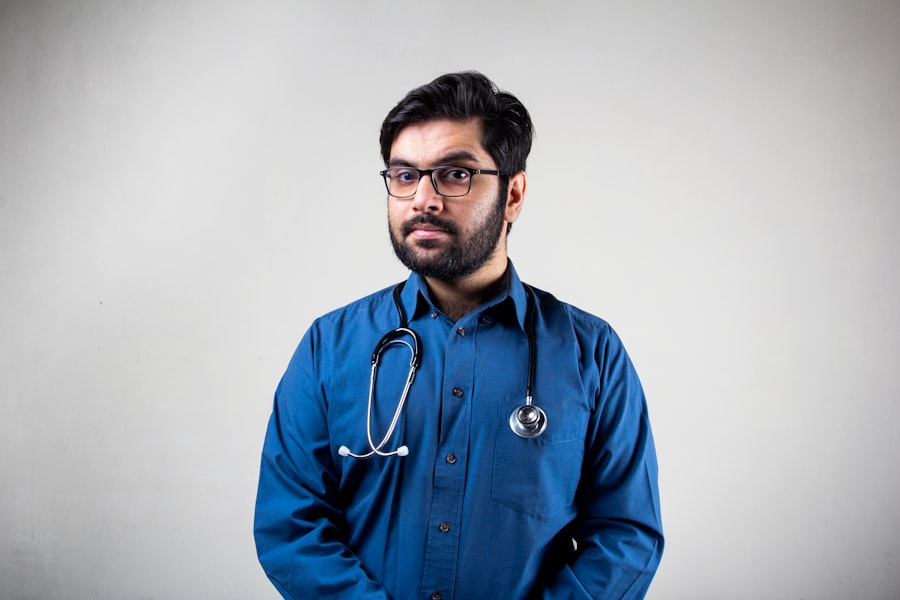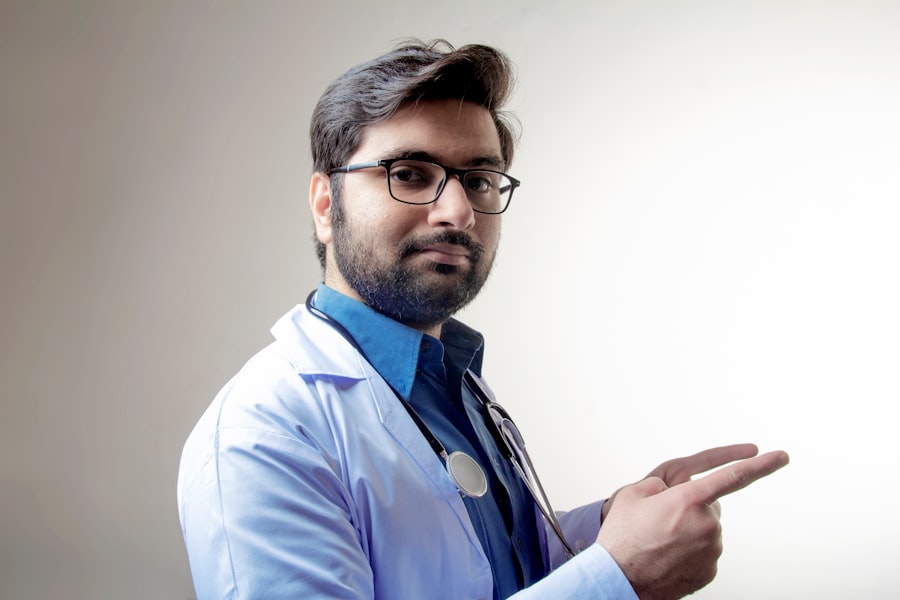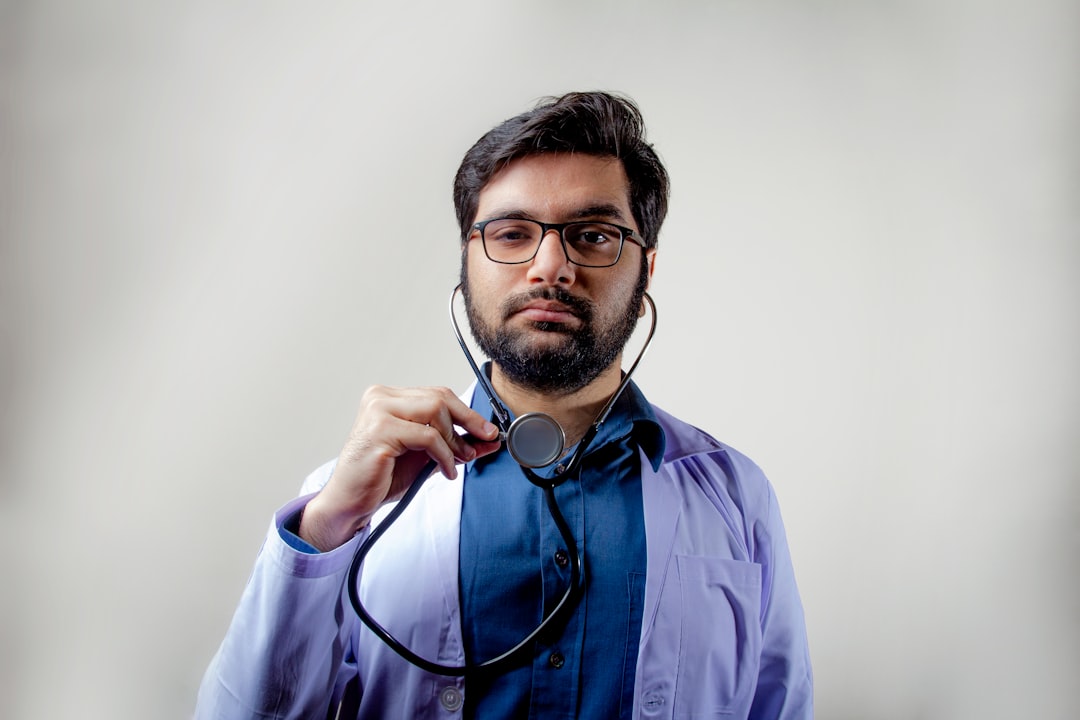The evolution of rehabilitation services in Norway can be traced back to the early 20th century, when the need for structured support for individuals with disabilities and chronic illnesses began to gain recognition. Initially, rehabilitation was largely focused on physical recovery, primarily catering to those who had suffered injuries or illnesses that impeded their ability to work or engage in daily activities. The establishment of the first rehabilitation centres in the 1950s marked a significant turning point, as these facilities began to offer comprehensive care that included not only physical therapy but also psychological support and vocational training.
As societal attitudes towards disability and illness evolved, so too did the approach to rehabilitation. By the 1970s, there was a growing understanding of the importance of holistic care, which encompassed not just the physical aspects of recovery but also emotional and social dimensions. This shift led to the integration of various therapeutic disciplines within rehabilitation services, paving the way for a more inclusive and person-centred approach.
The establishment of the Norwegian National Health Service in 2001 further solidified the commitment to providing accessible and effective rehabilitation services across the country. Book your 1-hour strategy session with Norway Relocation Group.
Summary
- Rehabilitation services in Norway have a long history, dating back to the early 20th century when the focus was on vocational training and social reintegration.
- Rehabilitation plays a crucial role in the Norwegian healthcare system, with a strong emphasis on patient-centred care and holistic approaches to treatment.
- Norway offers a wide range of rehabilitation services, including physical therapy, occupational therapy, speech therapy, and vocational rehabilitation.
- Access to rehabilitation services in Norway is generally good, with a strong emphasis on early intervention and comprehensive care for all individuals in need.
- Multidisciplinary teams are essential in rehabilitation services in Norway, with professionals from various fields working together to provide comprehensive and personalised care for patients.
The Role of Rehabilitation in the Norwegian Healthcare System
Rehabilitation plays a crucial role in the Norwegian healthcare system, serving as a bridge between acute medical care and long-term health management. It is designed to help individuals regain their independence and improve their quality of life following illness, injury, or surgery. The Norwegian healthcare model emphasises universal access to services, ensuring that rehabilitation is available to all citizens regardless of their socio-economic status.
This commitment reflects a broader societal belief in the importance of health equity and the right to receive care. In practice, rehabilitation services are integrated into the wider healthcare framework, often involving collaboration between hospitals, primary care providers, and community services. This interconnectedness ensures that patients receive comprehensive support tailored to their specific needs.
Rehabilitation is not merely an adjunct to medical treatment; it is an essential component that enhances recovery outcomes and reduces the likelihood of re-hospitalisation. By focusing on functional improvement and self-management, rehabilitation services contribute significantly to the overall efficiency and effectiveness of the healthcare system.
Types of Rehabilitation Services Offered in Norway

Norway offers a diverse range of rehabilitation services designed to address various needs and conditions. These services can be broadly categorised into physical rehabilitation, vocational rehabilitation, and psychosocial rehabilitation. Physical rehabilitation typically involves therapies aimed at restoring mobility and function following injury or surgery.
This may include physiotherapy, occupational therapy, and specialised exercise programmes tailored to individual capabilities. Vocational rehabilitation focuses on helping individuals return to work or find new employment opportunities after experiencing health challenges. This service often includes job coaching, skills training, and workplace adaptations to ensure that individuals can thrive in their chosen careers.
Psychosocial rehabilitation addresses mental health issues and aims to support individuals in managing their emotional well-being. This may involve counselling, support groups, and community integration activities that foster social connections and reduce isolation.
Access to Rehabilitation Services in Norway
Accessing rehabilitation services in Norway is generally facilitated by a well-structured referral system within the healthcare framework. Patients typically begin their journey through their general practitioner (GP), who assesses their needs and refers them to appropriate rehabilitation services. This streamlined process ensures that individuals receive timely interventions tailored to their specific circumstances.
However, while access is designed to be equitable, there can be variations based on geographical location and specific health conditions. Rural areas may face challenges due to limited availability of specialised services or professionals, which can lead to delays in receiving care. Additionally, certain populations, such as immigrants or those with complex health needs, may encounter barriers related to language or cultural differences.
Addressing these disparities is essential for ensuring that all individuals can benefit from the full spectrum of rehabilitation services available in Norway.
The Importance of Multidisciplinary Teams in Rehabilitation
The effectiveness of rehabilitation services in Norway is significantly enhanced by the use of multidisciplinary teams. These teams typically consist of various healthcare professionals, including physiotherapists, occupational therapists, psychologists, social workers, and medical doctors. Each member brings unique expertise and perspectives, allowing for a comprehensive approach to patient care.
Collaboration among team members is vital for developing personalised rehabilitation plans that address the multifaceted needs of individuals. Regular communication and shared decision-making ensure that all aspects of a patient’s recovery are considered, from physical rehabilitation to emotional support and social reintegration. This holistic approach not only improves outcomes but also fosters a sense of empowerment among patients, as they are actively involved in their own recovery process.
Innovations in Rehabilitation Services in Norway

Norway has been at the forefront of innovations in rehabilitation services, continually seeking ways to enhance care delivery and improve patient outcomes. One notable advancement is the integration of evidence-based practices into rehabilitation programmes. By utilising research findings and clinical guidelines, healthcare providers can offer interventions that are proven to be effective for specific conditions.
Additionally, there has been a growing emphasis on patient-centred care models that prioritise individual preferences and goals. This shift has led to the development of personalised rehabilitation plans that take into account not only medical needs but also lifestyle factors and personal aspirations. Furthermore, Norway has embraced telehealth technologies, allowing patients to access rehabilitation services remotely.
This innovation has proven particularly beneficial for individuals living in remote areas or those with mobility challenges.
Challenges and Barriers to Accessing Rehabilitation Services in Norway
Despite the strengths of Norway’s rehabilitation system, several challenges persist that can hinder access to services. One significant barrier is the variability in service availability across different regions. While urban areas may have a wealth of resources and specialised professionals, rural communities often struggle with limited access to essential rehabilitation services.
This disparity can lead to longer wait times for treatment and reduced opportunities for timely intervention. Another challenge lies in navigating the complexities of the healthcare system itself. Patients may find it difficult to understand referral processes or advocate for their needs within a bureaucratic framework.
Additionally, language barriers can pose significant obstacles for immigrants or those from non-Norwegian speaking backgrounds, making it challenging for them to access appropriate care. Addressing these barriers requires ongoing efforts from policymakers and healthcare providers to ensure that all individuals can benefit from the full range of rehabilitation services available.
The Integration of Technology in Rehabilitation Services
The integration of technology into rehabilitation services has transformed how care is delivered in Norway. Telehealth platforms have emerged as a vital tool for providing remote consultations and follow-up appointments, allowing patients to receive care from the comfort of their homes. This innovation has been particularly beneficial during times when face-to-face interactions are limited, such as during the COVID-19 pandemic.
Moreover, technology has facilitated the development of digital tools that support self-management and engagement in rehabilitation programmes. Mobile applications can provide patients with exercise routines, educational resources, and progress tracking features that empower them to take an active role in their recovery journey. Virtual reality (VR) has also begun to play a role in rehabilitation by offering immersive environments for physical therapy exercises, enhancing motivation and engagement among patients.
The Impact of Rehabilitation Services on Quality of Life in Norway
The impact of rehabilitation services on quality of life in Norway cannot be overstated. By facilitating recovery and promoting independence, these services enable individuals to regain control over their lives following health challenges. Many patients report significant improvements in physical function, emotional well-being, and social participation as a result of engaging with rehabilitation programmes.
Furthermore, successful rehabilitation can lead to enhanced productivity and reduced reliance on social welfare systems. When individuals are empowered to return to work or engage meaningfully with their communities, it not only benefits them personally but also contributes positively to society as a whole. The ripple effects of effective rehabilitation extend beyond individual patients; they encompass families, communities, and the broader economy.
The Future of Rehabilitation Services in Norway
Looking ahead, the future of rehabilitation services in Norway appears promising yet challenging. As the population ages and the prevalence of chronic conditions rises, there will be an increasing demand for effective rehabilitation interventions. To meet this demand, ongoing investment in training healthcare professionals and expanding service availability will be essential.
Additionally, embracing emerging technologies will play a crucial role in shaping the future landscape of rehabilitation services. Innovations such as artificial intelligence (AI) could enhance diagnostic accuracy and personalise treatment plans further. However, it will be vital to ensure that these advancements are implemented equitably so that all individuals can benefit from improved access to high-quality care.
Resources for Individuals Seeking Rehabilitation Services in Norway
For individuals seeking rehabilitation services in Norway, several resources are available to facilitate access and support navigation through the healthcare system. The Norwegian Directorate of Health provides comprehensive information on available services and guidelines for accessing care. Local health authorities also offer resources tailored to specific regions, ensuring that individuals can find relevant information based on their location.
Moreover, patient advocacy groups play an essential role in supporting individuals with disabilities or chronic conditions by providing guidance on navigating the healthcare system and connecting them with appropriate resources. These organisations often offer workshops, support groups, and educational materials that empower patients to advocate for their needs effectively. In conclusion, Norway’s commitment to providing comprehensive rehabilitation services reflects its dedication to promoting health equity and improving quality of life for all citizens.
As these services continue to evolve through innovation and collaboration among multidisciplinary teams, they will remain a cornerstone of the Norwegian healthcare system—ensuring that every individual has the opportunity to achieve their fullest potential after facing health challenges. For those interested in learning more about Norwegian culture or language while exploring these topics further, consider enrolling in courses at the NLS Norwegian Language School. Their offerings provide an excellent opportunity not only to learn Norwegian but also to engage with various aspects of Norwegian society—including its healthcare system—through language immersion experiences tailored for learners at all levels.
Speak Norwegian with confidence. Enroll in a class at the NLS Norwegian Language School now.

